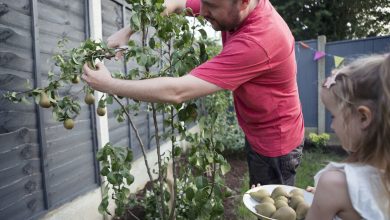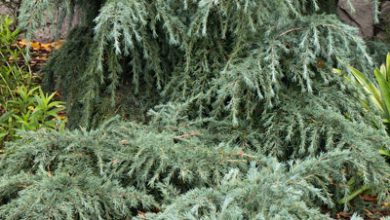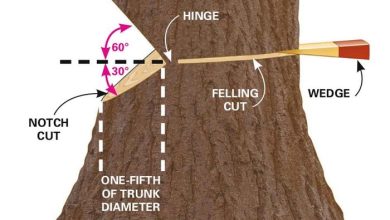Orange Tree Diseases: [Characteristics, Types, Detection and Treatment]
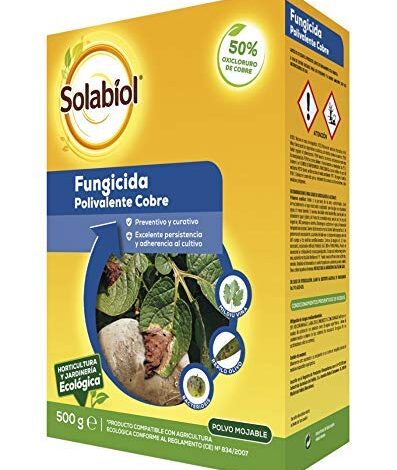
What are the diseases of the orange tree and how can we detect them?
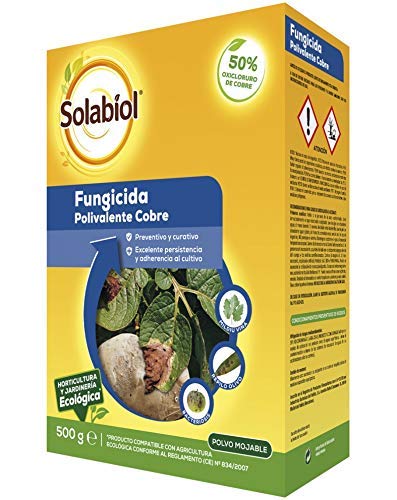 The diseases of the orange tree, originate fundamentally by bad management of the crop, the excess of irrigation and bad fertilizers, among others.
The diseases of the orange tree, originate fundamentally by bad management of the crop, the excess of irrigation and bad fertilizers, among others.
Like most citrus plants, the orange tree can be affected by lesions caused by fungi or bacteria.
Among the diseases that attack the orange tree are: the black spot of citrus fruits, which injures ripe fruits and «temporones» and very scarcely green fruits and leaves.
It is characterized by a variety of stains that often make its detection difficult. The orange tree is also attacked by the greasy spot that appears as spots on both sides of the leaves that change from blackish brown to a greasy appearance.
In the case of the orange tree there are three diseases transmitted by fungi of the Phytophthora species, trunk rot or trunk gum; root rot and fruit rot.
These diseases rot the roots, but also affect the aerial part including the trunk, branches, leaves and fruits.
Description of orange tree diseases
Among the diseases that usually attack the orange tree, as one of the most important citrus fruits in human consumption, we have:
Citrus black spot
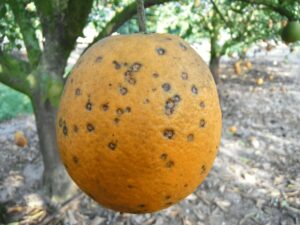 It is a disease known as black mottling and mainly affects the external quality of the orange tree.
It is a disease known as black mottling and mainly affects the external quality of the orange tree.
Caused by the Guignardia citricarpa fungus, it is a disease that has caused significant damage in orange- growing regions and other citrus varieties in Australia and South Africa.
Greasy stain
It is a disease caused by the fungus Mycosphaerella citri that affects plants in production causing their intense and premature defoliation during spring .
Orange tree trunk rot or gum
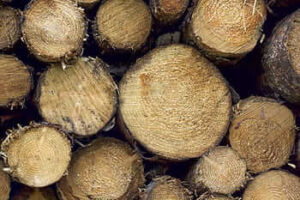 It is a disease that occurs in the root of the mandarin and spreads throughout the base of the trunk, forming cracks.
It is a disease that occurs in the root of the mandarin and spreads throughout the base of the trunk, forming cracks.
When this disease is observed in an advanced stage, the trunk, branches and sometimes the fruits fill or sweat gummosis, which is why it is known by that name.
Root rot
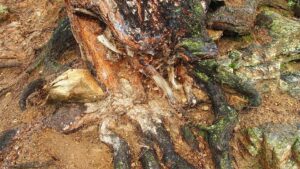 As its name indicates, this disease directly affects the roots, rotting them and on many occasions causes the death of the plant .
As its name indicates, this disease directly affects the roots, rotting them and on many occasions causes the death of the plant .
The use of susceptible rootstocks in heavy and waterlogged soils favors this disease. Today the spread of tolerant rootstocks has reduced the incidence of orange root rot.
Fruit rot
It is also known as brown rot, brown rot or watery fruit. It is a disease that affects all types of citrus crops and in humid and rainy periods it is common to see rotten fruit.
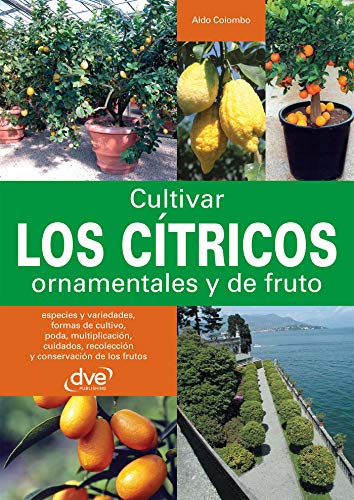
How to identify and eliminate orange tree diseases?
Among citrus fruits , the orange tree enjoys great favoritism in the daily diet, hence the need to identify very well the type of disease that the plant has and use ecological and preventive treatments rather than chemical ones.
Citrus black spot
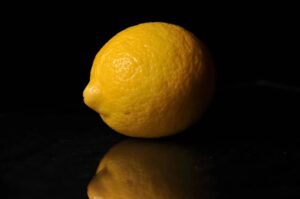 Symptoms of the disease in orange trees appear as small pink depressed scores, similar to «pitting» caused by cold on the surface of the fruits.
Symptoms of the disease in orange trees appear as small pink depressed scores, similar to «pitting» caused by cold on the surface of the fruits.
The appearance of these symptoms usually continues even after the fruit is harvested. It causes significant damage to late orange trees such as Valencia, beats and grapefruits.
The main source of inoculum is constituted by the litter located under the affected plants. However, once the disease is installed, the use of preventive and curative fungicides is recommended.
Greasy stain
It is identified by the spots that appear on both sides of the leaves, they are translucent yellowish in color that change to blackish brown with an oily appearance.
To control this disease, sprays of copper oxychloride or copper sulfate (50% metallic copper) at 2 ‰, carbendazim (50%) at 0.75 ‰ or benomyl (50%) at 0.6 are recommended (between March and May). %.
Orange tree trunk rot or gum
It is observed on the plant as a dark spot in the shape of a triangle on the trunk part. As a preventive treatment of the disease, it is recommended to control the risks, scraping the affected surface to place a solution based on liquid fungicides with copper content.
You can also resort to another solution such as applying potassium permanganate and Bordeaux paste on the polished and dry surface of the affected surface.
Root rot
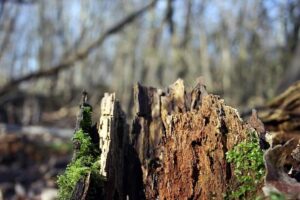 Since this disease affects only the underground part of the plant, its diagnosis is more difficult.
Since this disease affects only the underground part of the plant, its diagnosis is more difficult.
The aerial symptoms described for “foot rot” are uncharacteristic and can be confused with nutritional deficiencies, soil waterlogging, and other diseases.
Preventive control is recommended through the use of copper-based or systemic fungicides such as fosetyl-Aluminum that can be applied in localized treatments and metalaxyl.
Fruit rot
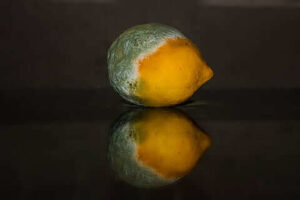 The first symptoms of this disease appear a few days after infection, as a wet-looking spot on the fruit that spreads with a brown color.
The first symptoms of this disease appear a few days after infection, as a wet-looking spot on the fruit that spreads with a brown color.
This disease is favored by the wounds of the plant caused by malpractice during pruning.
It is recommended to be very attentive to the appearance of this disease especially during rainy periods, especially in early varieties.
To combat the disease through chemical procedures, cupric products such as fosetyl-Aluminum are recommended, placed in the lower part of the orange tree crown, days before the harvest.

